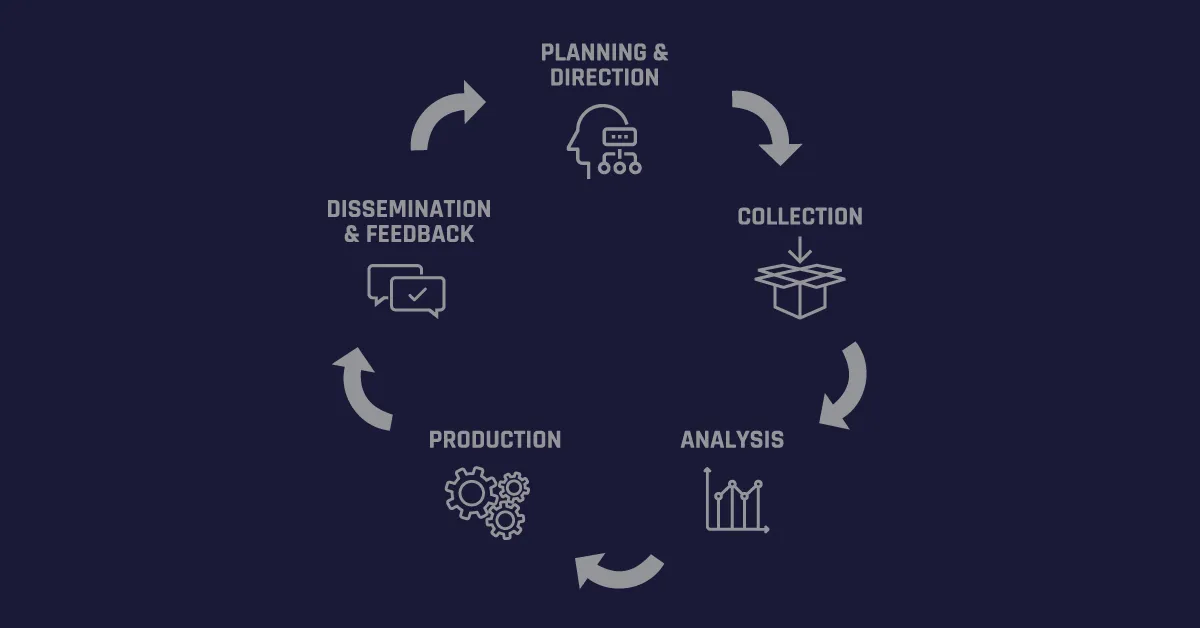The field of cybersecurity often brings to mind images of networks under siege, malicious code lurking in email attachments, and frantic patching efforts to seal off vulnerabilities. Yet a less dramatic but increasingly crucial domain is the behind-the-scenes work of threat intelligence. Rather than simply reacting to attacks in progress, many organizations are choosing to gather, analyze, and act upon a continuous flow of data about emerging adversaries and exploits. This approach involves sorting through oceans of information—from suspicious file hashes and IP addresses to nuanced insights about criminal motives—in an effort to prevent breaches before they begin. In a digital landscape defined by stealthy intrusions, evolving zero-days, and cunning social engineering, threat intelligence has expanded its role from peripheral function to strategic necessity.
Modern threat intelligence goes beyond collecting headlines about the latest malware outbreak. Skilled analysts rely on advanced tools, open-source data, and specialized vendor feeds, linking seemingly unrelated events to create a bigger picture of how an adversary might operate. By collating details on attacker infrastructure, techniques, and target preferences, defenders gain a roadmap for preempting an intrusion. A campaign that starts in one sector, such as finance, may soon move laterally to manufacturing or healthcare once criminals refine their methods. Recognizing these patterns quickly can be the difference between quietly neutralizing a threat and scrambling to contain a destructive breach.
This proactive philosophy underpins the success of many security operations centers. Rather than passively waiting for alarms, analysts hunt for signs that malicious code has infiltrated endpoints undetected or that an advanced persistent threat (APT) group is circling high-value assets. To do so, they rely on threat intelligence that tracks domain registrations associated with known attacker collectives, or monitors chat forums where stolen credentials get traded. Context is everything. A single suspicious domain by itself may not trigger an alert, but intelligence reveals whether that domain fits into a known pattern—perhaps it imitates a vendor’s legitimate site or is part of a newly discovered phishing infrastructure. Having this context turns meaningless fragments of data into actionable leads.
The appetite for timely, high-fidelity intelligence has generated a robust marketplace of vendors offering curated feeds. Some focus on the “indicators of compromise” (IOCs) that defenders can feed into firewalls and intrusion detection systems. Others dive deeper, producing extensive profiles on criminal gangs, hacktivist groups, or state-aligned actors. By naming threat clusters and attributing specific tactics to them, intelligence providers help organizations gauge their own vulnerability. For instance, if a group typically exploits insecure virtual private networks or outdated software dependencies, defenders can prioritize patching those elements. This method shortens the response cycle from days or weeks to hours, preventing attacks from going undetected in the shadows.
Yet threat intelligence feeds can produce diminishing returns if used carelessly. Flooding a security team with constant pings about newly discovered IP addresses or potential phishing URLs can overload resources. Without proper correlation and prioritization, intelligence becomes just another endless data stream. Experts recommend focusing on relevance—matching external threat data with the internal realities of the infrastructure. If an organization doesn’t run a particular technology stack, warnings about vulnerabilities in that stack hold limited value. Clarity of scope and alignment with organizational risk posture are paramount. The best intelligence solutions empower analysts to sift through alerts, cross-reference them with local logs, and zero in on feasible threats that align with known attacker behaviors.
Technology alone can’t solve the problem of operationalizing threat intelligence. Skilled analysts remain crucial for interpreting complex signals. While machine learning can flag suspicious patterns in massive data sets, only human expertise can unravel the layered motivations behind a cunning espionage campaign or weigh the credibility of a recently published zero-day exploit. In many cases, a meaningful pivot from raw data to an actionable plan requires collaboration across legal, IT, and executive leadership. If intelligence suggests a wave of phishing specifically targeting senior managers, for example, the appropriate response might include new training modules and extra scrutiny of requests from external partners. Technical controls like enhanced email filtering are just one piece of a larger puzzle.
Organizations that master threat intelligence often share findings with peers through industry-specific platforms or intelligence sharing groups, such as Information Sharing and Analysis Centers (ISACs). This collective approach can multiply the benefits. When one company identifies a new malware variant or a suspicious domain, it can inform the entire community, thereby fortifying an entire sector. Airline consortiums, major banks, and healthcare networks have all adopted such models, exchanging anonymized data about incipient threats. Yet these alliances hinge on trust: if members fear that revealing details of an attack might harm their reputation, they may withhold crucial information. Building a culture of transparency is therefore an essential step in making shared intelligence truly effective.
Regulatory pressures also shape how organizations use and disclose threat intelligence. Certain jurisdictions mandate that companies protect personally identifiable information (PII) and follow strict protocols when investigating suspicious behavior. If an intelligence feed inadvertently captures user data, compliance officers must ensure the data is handled per privacy regulations. In other scenarios, a country’s law enforcement agencies may request logs as part of an ongoing cybercrime investigation. Balancing timely intelligence sharing with legal constraints demands carefully structured processes. It becomes a delicate line to walk: share enough to protect the community, but not so much that it violates confidentiality rules or legal obligations.
Meanwhile, some security leaders debate how best to measure a threat intelligence program’s return on investment. Successful intelligence can be intangible: if an organization neutralizes a threat before it fully materializes, there’s no immediate crisis to quantify. Traditional metrics like “time to detect” or “time to respond” help, but they rarely capture the full picture. Over time, consistent threat intelligence usage may reduce the frequency or severity of breaches, keep compliance costs in check, or prevent reputational damage that is hard to assign a monetary figure. Experts suggest that even partial improvements—faster patching after critical vulnerabilities are published, for instance—demonstrate the tangible impact of a well-curated intelligence feed.
The future of threat intelligence likely involves further integration with automated workflows. Picture a scenario where, upon receiving an alert that a known adversary has launched a new strain of ransomware, a security platform automatically adjusts firewall rules, updates endpoint detection signatures, and kicks off user-awareness prompts. If orchestrated carefully, such automated responses can slow or halt an attack in progress. However, caution is warranted: if everything is fully automated, a false alarm could trigger widespread disruptions, blocking legitimate traffic or locking down services unnecessarily. Striking the right balance between human oversight and machine efficiency remains a core challenge.
Stepping back, it’s evident that threat intelligence has moved from a niche function to a driving force in modern cyber defense. What was once a supplementary feed of suspicious IP addresses has evolved into a sophisticated ecosystem of data analytics, human expertise, and inter-organizational cooperation. The result empowers defenders to see beyond immediate alerts and connect the dots across campaigns, attacker infrastructures, and global events. That broader perspective can help keep an organization not just reactive, but proactively resilient, capable of anticipating how threat actors might pivot or adapt. In a landscape where new exploits appear without warning and malicious campaigns escalate rapidly, investing in robust, actionable intelligence is no longer optional. It’s the difference between perpetually chasing hackers from behind and intercepting them on the doorstep, armed with knowledge and ready to act.


